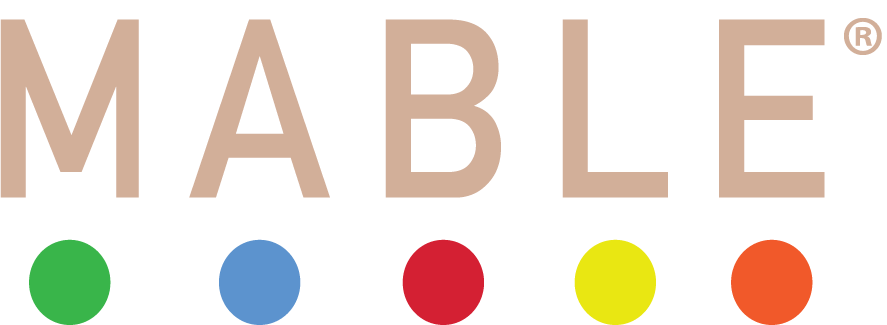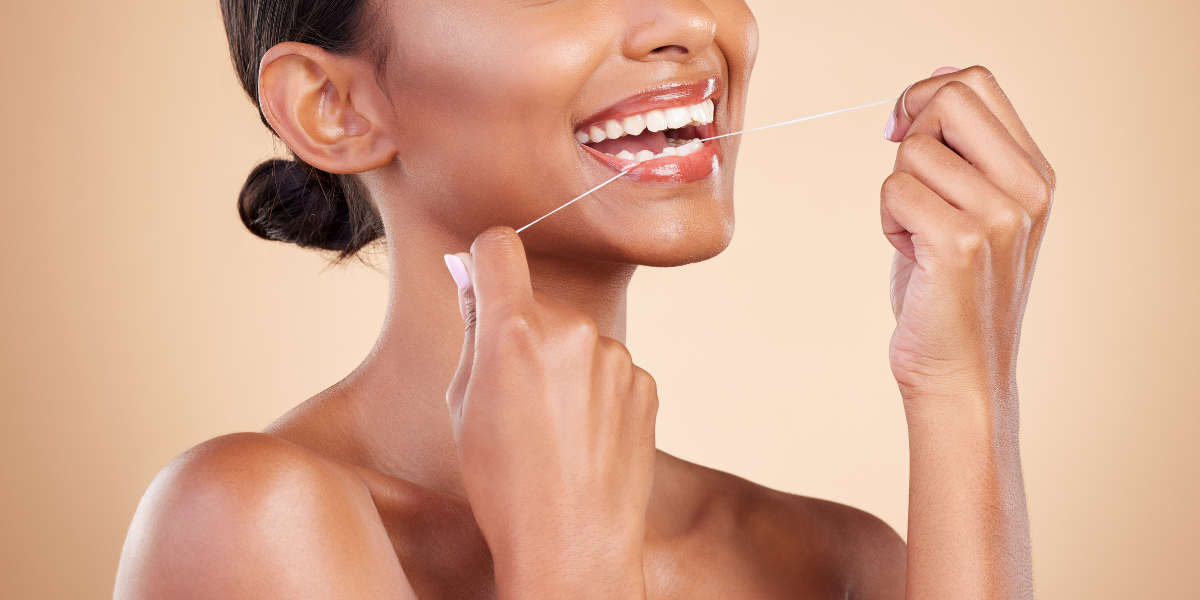So, you’ve made the switch to a bamboo toothbrush. You’re already feeling better about using less plastic—both for the earth’s sake, and for you and your family’s. And now perhaps something else has caught your attention: what you’re putting on that natural brush.
It’s no secret that synthetic products often come with an arsenal of mysterious and unnatural chemicals. Is your toothpaste one that’s laden with harmful ingredients too?
Here are six of the ingredients (among others) found in commercial toothpastes that concern many consumers, prompting a switch to natural products. Some have even mastered making their own!
Check for the following ingredients in your toothpaste. If they’re as concerning for you as they are for many, then consider why natural toothpaste may be a better choice for you and your family.
Propylene Glycol
This solvent is added to toothpastes to help make them silky smooth. Fun fact: it’s also the active component in antifreeze. It’s been known to cause cancer, reproductive complications, and skin irritation.
Artificial Sweeteners
Brushing your teeth isn’t exactly the most pleasant activity. So to make it a little more bearable, many pastes are made tastier with artificial sweeteners like saccharin or sorbitol. Xylitol is another sugar substitute with possible benefits, on which the jury still seems to be out.
Other than taste, there’s no real benefits to most of these artificial sweeteners, and many may actually have harmful neurotoxic effects.
Fluoride
It’s long been debated over whether this chemical compound is safe or not, and both schools of thought seem to present their arguments with equal zeal. We’re not here to declare which is correct, but only to encourage you to do some of your own research and decide where you stand.
Fluoride is often found in many municipal water sources and in dental products like toothpastes in order to help reduce tooth decay and cavities. However, those opposed to fluoride treatments voice concerns over brittle teeth and bones, birth defects, lower IQ, and immune system suppression, among others.
Triclosan
A “chlorinated aromatic compound”, this chemical is used in hygiene products like antibacterial hand sanitizer to reduce growth of bacteria and fungi. While this is certainly beneficial for reducing plaque and fighting gingivitis, it’s also been shown to have many toxic effects. It can slow blood circulation, impair muscle function (including the heart), compromise immune systems, and build up a resistance to antibiotics.
While the FDA banned its use in topical products like body wash in 2016, it still claims the benefits of triclosan in toothpaste outweigh the risks.
Surfactants
Surfactants, the most common being sodium lauryl sulfate (SLS), are oil-based soaps that help the toothpaste lather up while you’re brushing. They can cause severe canker sores and ulcers due to skin irritation.
Artificial Preservatives
Parabens are preserving chemicals that help prevent bacteria growth in cosmetic and personal hygiene products. And while it’s nice to know bacteria isn’t growing in these products, it comes at a price. Parabens mimic estrogen, and they’re possibly linked to breast cancer.
Considering each of these questionable ingredients, you might be feeling compelled to switch to a natural toothpaste. And we couldn’t encourage it more!
You can see how different natural brands stack up against each other on lists curated by eco-lifestyle sites like One Green Planet, Natural Living Ideas, and Gimme the Good Stuff (definitely check this one out if you have kiddos!).
And if you’d like to try your hand at making your own, it’s actually super simple! We recommend checking out the various recipes created by the natural-living DIY queen Katie over at Wellness Mama.
Do you have any natural toothpaste brands or recipes you love? Let us know!
Sources:
Food and Drug Administration, Gimme the Good Stuff, Global Healing Center, Good Housekeeping, Journal of Applied Toxicology, Mark’s Daily Apple, National Academy of Science, Natural Living Ideas, One Green Planet, Wellness Mama












Share:
Do I REALLY Need to Change My Toothbrush Every 3 Months?
How One Entrepreneur Packs Powerful Causes into her Backpacks